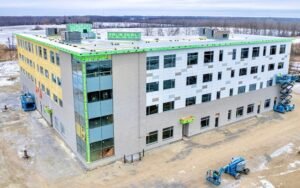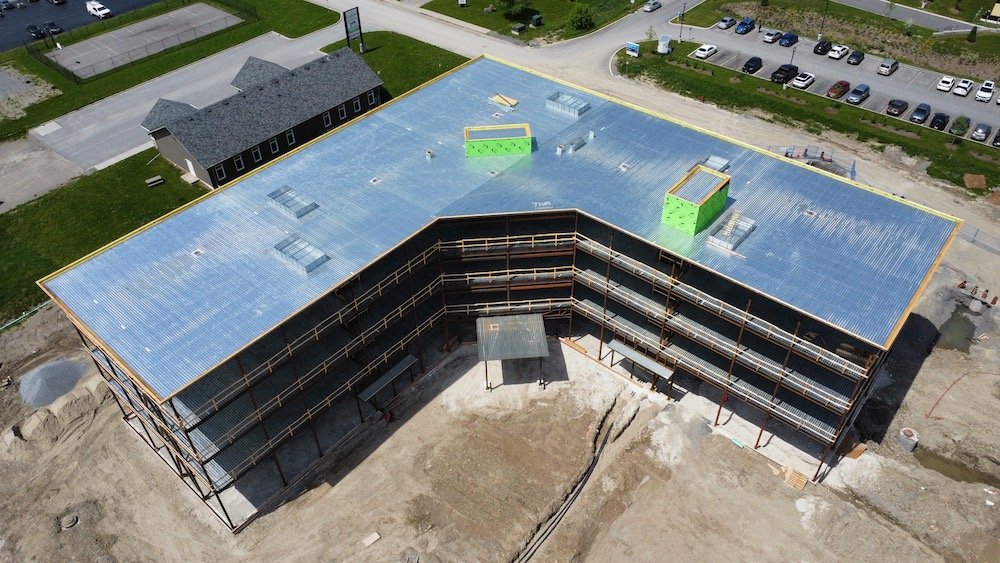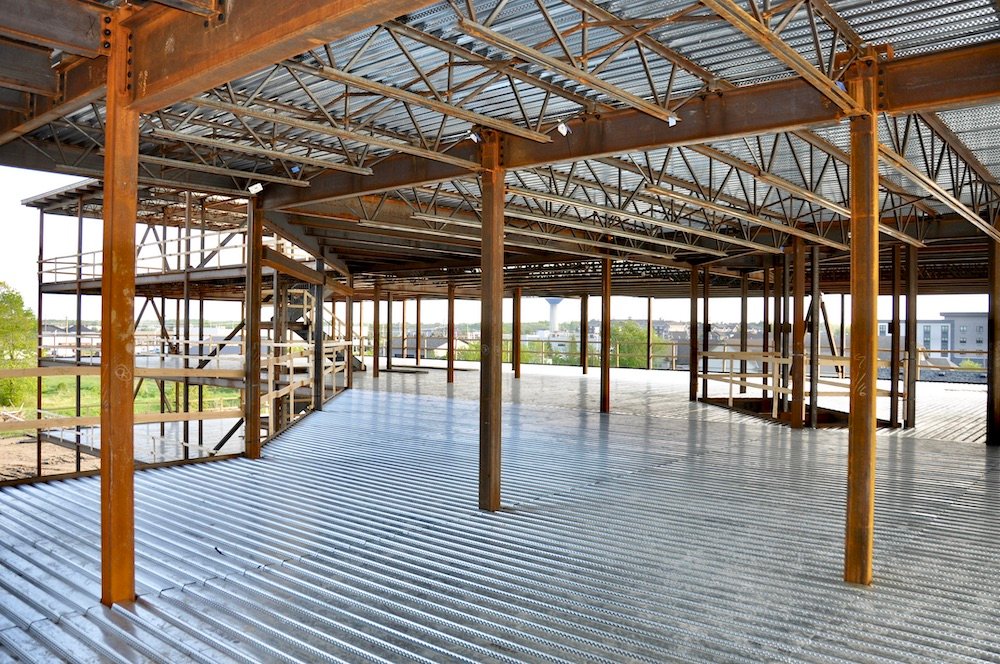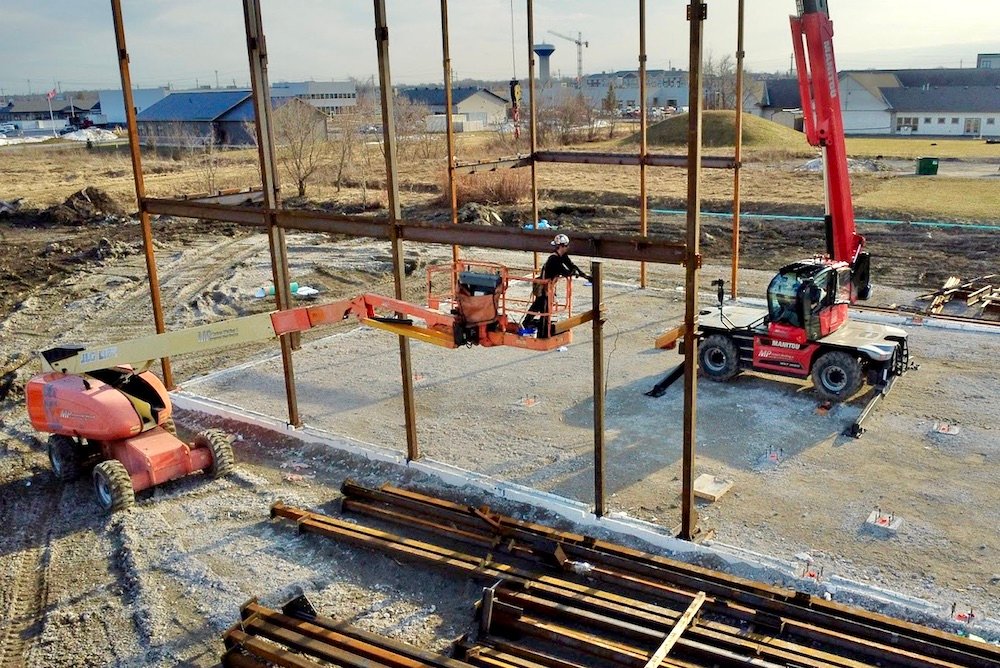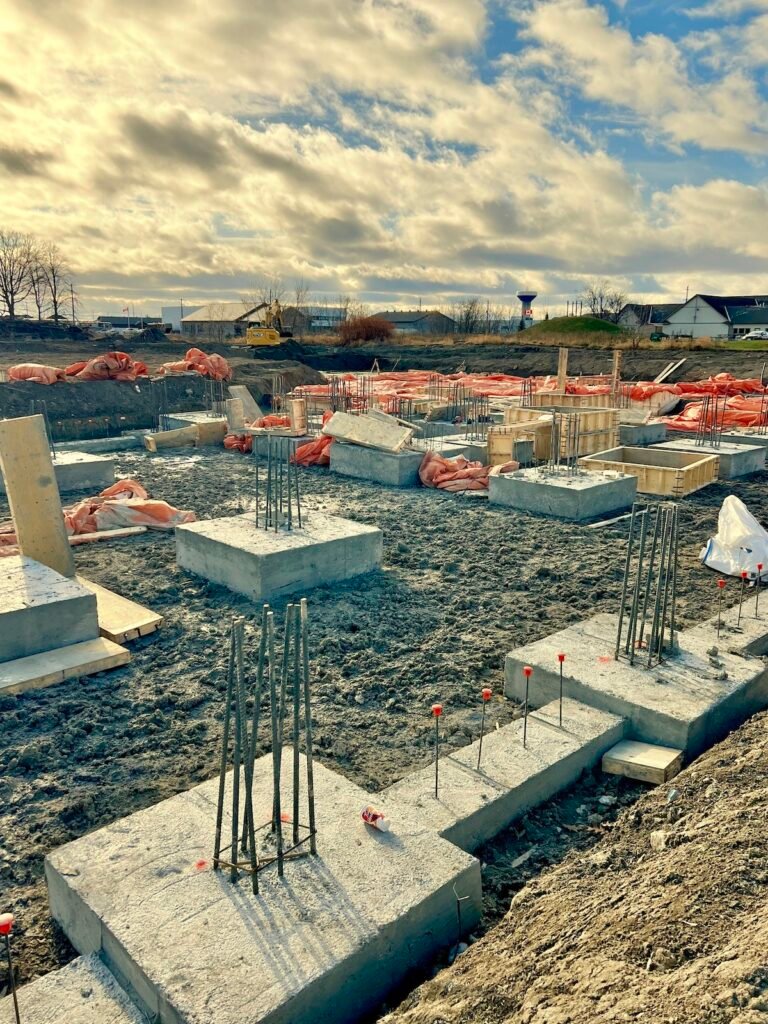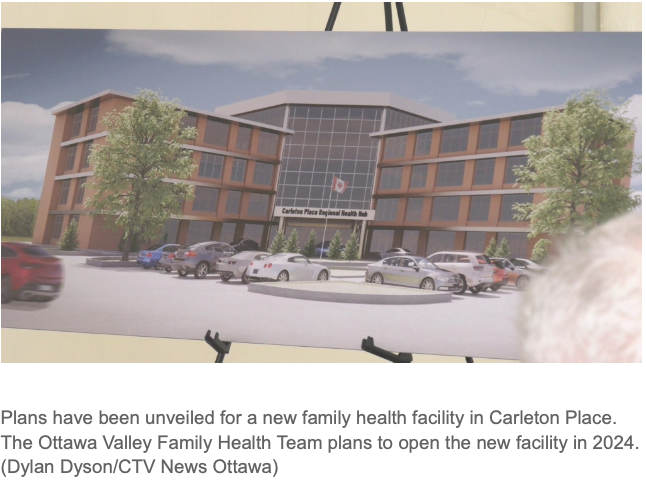Ontario Primary Health Care Teams: Better Care. Healthier Families. Best Value.
Around the world, cost-effective and high-performing health systems share a common characteristic: they are based on a foundation of comprehensive primary care.
Primary health care teams are teams of inter-professional health providers that provide comprehensive primary care. Although team composition may differ, they typically include family physicians or nurse practitioners who work in concert with other healthcare providers, such as nurses, dietitians, social workers, and pharmacists.
AFHTO members have as many as 15 different health care providers that work in team-based care. These providers work together to care for the whole patient in delivering comprehensive primary care.
Defining Comprehensive Primary Care
Comprehensive primary care is the foundation of a high quality, sustainable and integrated health care system. Evidence demonstrates that investments in a robust primary health care system lead to a higher performing health system with better patient outcomes and less costs. And it will keep people out of the hospital hallways by giving them the care they need closer to home.
Jurisdictions that are high performing place primary care at the center of health care delivery and are supportive of the pillars of the Patient’s Medical Home and Patient Medical Neighbourhood for readily accessible care, centred on the patients’ needs, provided throughout every stage of life, and seamlessly integrated with other services in the health care system and the community. The health of people refers not just to the physical well-being of an individual but to the social, emotional, cultural, and spiritual well-being of the whole community in which everyone is able to achieve well-being of their community.
The concept of comprehensive primary care is congruent with that of the Patient Medical Home. The US National Committee for Quality Assurance–Patient Centered Medical Home identified the key elements as follows:
- Enhance Access/Continuity
- Identify/Manage Patient Populations
- Plan/Manage Care
- Provide Self-Care Support/Community Resources
- Track/Coordinate Care
- Measure/Improve Performance
AFHTO supports support Dr. Barbara Starfield’s observation that comprehensive, relationship-based, patient-centered care is the foundation of a sustainable healthcare system. And that relationship is strong in primary care.
You can read more about AFHTO’s approach to measuring comprehensive primary care through the Starfield Model here.
Most of our members are Family Health Teams (FHTs), and we also represent some Nurse Practitioner Led Clinics (NPLCs), Community Health Centres (CHCs), and other interprofessional models of primary care.
We represent primary care teams.
What is a Family Health Team?
- Family Health Teams (FHT) are not for profit primary health care organizations that include health care providers, such as nurses, social workers, dietitians, pharmacists and many others, who work with affiliated/associated physicians and other community providers to provide comprehensive primary care to patients, their families and their communities.. Each Family Health Team has programs and services that are designed to help meet local health and community needs, including Indigenous family health teams whose care focuses on the health and social needs of local Indigenous peoples.
What is a Nurse Practitioner led Clinic?
- Nurse Practitioner-Led Clinics (NPLCs) are not for profit primary health care organizations that provide comprehensive, accessible, person-centred and coordinated primary care services to people of all ages and stages in over twenty communities across Ontario. NPLCs improve the quality of care through enhanced health promotion, disease prevention, primary mental health care and chronic disease management, as well as improve care coordination and navigation of the health care system. Engaging patients as full partners in their care plan is an important aspect of the underlying philosophy of NPLCs.
What is a Community Health Centre?
- Community Health Centres (CHCs) are non-profit organizations that provide primary health and health promotion programs for individuals, families and communities. A health centre is established and governed by a community-elected board of directors.
CHCs work with individuals, families and communities to strengthen their capacity to take more responsibility for their health and wellbeing. They provide education and advice on helping families access the resources they need from other community agencies. CHCs work together with others on health promotion initiatives within schools, in housing developments, and in the workplace. They link families with support and self-help groups that offer peer education, support in coping, or are working to address conditions that affect health. As such, the Community Health Centre Program contributes to the development of healthy communities.
You can find a primary care team near you here.
AFHTO
